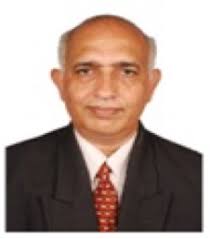Profile
Dr B.V.S.S.S.Prasad graduated in 1979 from Jawaharlal Technological University College of Engineering Kakinada, Andhra Pradesh, India in Mechanical Engineering. He obtained his M.Tech and Ph. D degrees in Mechanical Engineering from IIT Kharagpur from 1981 and 1985. Dr Prasad worked as lecturer (1985-90) and Assistant Professor (1990-95) at IIT Kharagpur and with IIT Madras ever since. He was a visiting Professor and research scientist at the Technical University of Nova Scotia, Halifax, Canada and the University of Michigan Dearborn, U.S.A. respectively. He collaborated with Chalmers University, Sweden, Abo Academi, Finland and Penn State University, USA for industry related projects. His research areas include thermo fluid dynamics, turbomachines, energy conversion technologies including fluidization technology and CFD. The heat flux gauges developed by him are widely used by several research investigators and industrial users in India. Dr Prasad guided 13 Ph. D and 70 masters’ students. He published about 150 research papers in various International Journals and conference proceedings. He edited 8 conference proceedings and organized several conferences and workshops. Dr Prasad undertook 94 sponsored and consultancy projects for the government as well as public and private sector organizations. He recently co-authored a textbook on Turbomachines. Dr Prasad is a life member of K-14 (Heat Transfer) group of IGTI (ASME). He is currently the President of Fluid Mechanics and Fluid Power Society.


